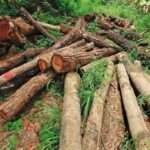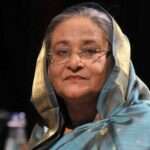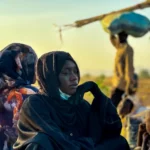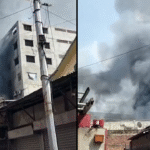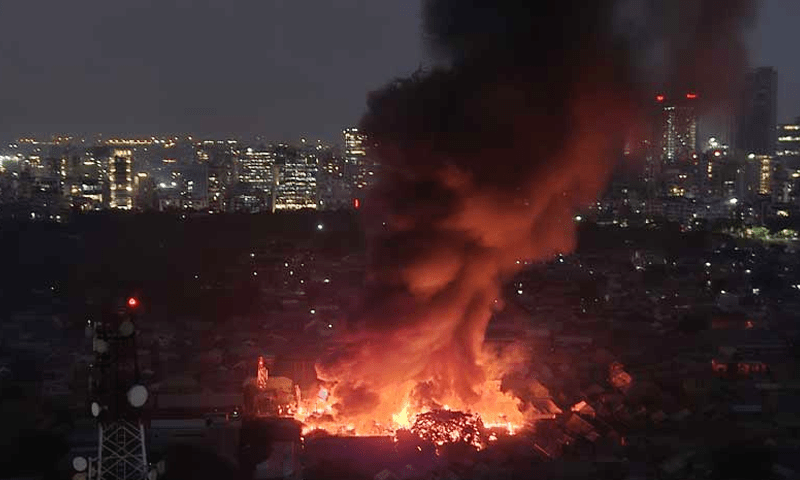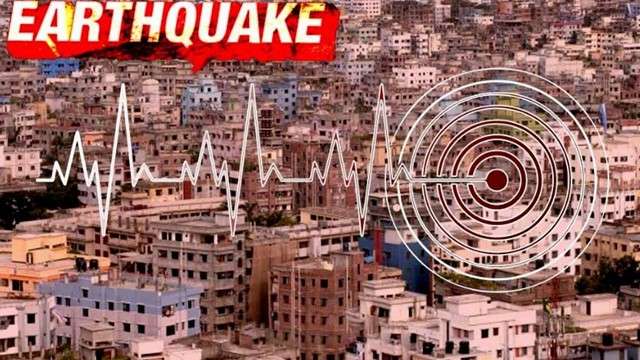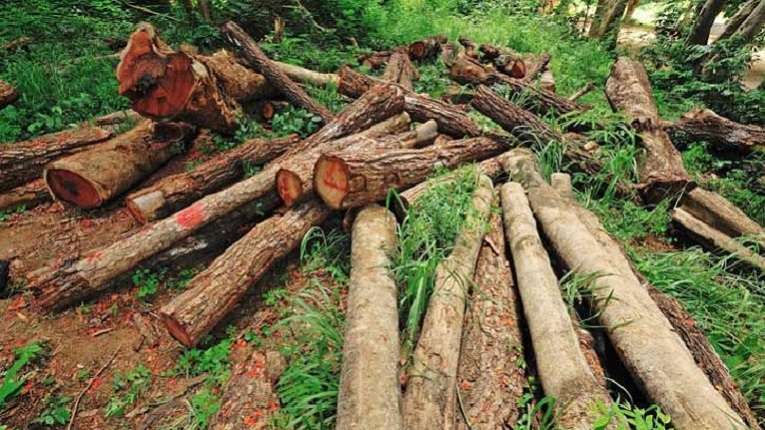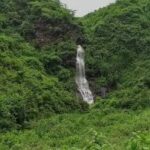 Overview of Jamalpur District-
Overview of Jamalpur District-
Jamalpur District is a prominent district in the north-central region of Bangladesh, under the Mymensingh Division. Known for its fertile plains, riverine beauty, and strong cultural roots, Jamalpur has grown into a region of both agricultural and cultural significance.
This comprehensive blog explores the district’s geography, history, economy, education, administration, and tourist attractions to give you a detailed understanding of Jamalpur District.
Geography of Jamalpur District-
Jamalpur District lies between 24°34′ and 25°26′ North latitude, and 89°40′ and 90°12′ East longitude. It shares borders with the following districts:
- North: Kurigram and Sherpur
- South: Tangail
- East: Mymensingh
- West: Bogura and Gaibandha
- Total Area: 2,031.98 square kilometers
- Major Rivers: Brahmaputra, Jamuna, Jhenai, Banar, Malijhee
The Brahmaputra River, flowing through the heart of the district, plays a critical role in shaping the agriculture and livelihoods of the people.
History of Jamalpur District-
Jamalpur’s historical significance dates back to the Mughal era. The region was originally part of the larger Mymensingh District until it was carved out as a separate district in 1978.
During the Bangladesh Liberation War in 1971, Jamalpur witnessed key battles between the Pakistani army and the freedom fighters. The area has several memorials dedicated to the martyrs of the war.
The name “Jamalpur” is believed to be derived from a local Sufi saint named Hazrat Shah Jamal, who played a pivotal role in spreading Islam in the region.
Administrative Divisions-
Jamalpur District is divided into 7 Upazilas (sub-districts):
- Jamalpur Sadar
- Islampur
- Madarganj
- Melandaha
- Dewanganj
- Bakshiganj
- Sarishabari
Each Upazila has several unions and villages, governed by Union Parishads. The Deputy Commissioner (DC) administers the overall district affairs.
Demographics-
According to the latest census (2022):
- Total Population: Approximately 2.5 million
- Gender Ratio: 100.2 males per 100 females
- Literacy Rate: 63.9% (national average is 74.7%)
- Religions:
- Muslim: 95%
- Hindu: 4.5%
- Others: 0.5%
- Languages Spoken: Bengali (official), local dialects common in rural areas
Economy of Jamalpur District-
The economy of Jamalpur District is largely agriculture-based, employing over 70% of the population. The district’s fertile land and river network make it ideal for farming.
Key Economic Sectors:
- Agriculture: Rice, jute, mustard, vegetables, sugarcane
- Livestock & Fisheries: Poultry, dairy farms, fish cultivation in riverine areas
- Small Industries: Handloom, weaving, pottery, bamboo crafts
- Remittance: Many residents work abroad, particularly in the Middle East
The Islampur Handloom Industry is well-known for its traditional woven fabrics, including “Tant sarees” and lungis.
Education in Jamalpur District-
Jamalpur District has made significant progress in expanding educational infrastructure. While challenges remain in rural areas, urban centers show promising improvements.
Major Educational Institutions:
- Jamalpur Government College
- Hazrat Shah Jamal Degree College
- Islampur Mohila Degree College
- Melandaha Government College
- Polytechnic Institute, Jamalpur
- Several renowned schools and madrasas
Efforts are ongoing to improve female education and vocational training, especially for rural youth.
Health Services-
Health facilities in Jamalpur are steadily improving, with a mix of government and private hospitals.
- Jamalpur 250-bed General Hospital
- Upazila Health Complexes in all 7 Upazilas
- Numerous private clinics and diagnostic centers
- Community health centers and mobile health camps
Challenges include doctor shortages, outdated equipment, and rural access. Government initiatives like e-health services and maternal health programs are helping address these gaps.
Transportation and Communication-
Jamalpur District is well-connected via roads, railways, and river routes:
- Roads: Highways link Jamalpur to Mymensingh, Dhaka, and Tangail
- Railway: Jamalpur Railway Station is part of the national network
- River Routes: Seasonal boat and launch services, especially along the Brahmaputra
Modernization efforts include digital communication, e-governance, and internet-based services across Upazilas.
Culture and Heritage-
Jamalpur has a vibrant cultural tradition reflecting Bengali rural life.
- Folk Music: Baul, Bhatiali, Marfati
- Festivals: Eid, Durga Puja, Nobanno Utsab, Poush Mela
- Crafts: Handloom weaving, bamboo crafts, pottery
- Local Foods: Pitha, doi (yogurt), traditional sweets like chhana-mishti
Traditional cultural programs are often organized at union and Upazila levels, especially during winter and Bengali New Year.
Tourism in Jamalpur District-
While not as commercialized as other districts, Jamalpur District offers natural and historical attractions:
- Jamalpur Railway Station – Built during British rule
- Narundi Zamindar Bari – Historic mansion in Sarishabari
- Chinaduli Eco Park – A natural retreat
- Battlefield of Kamalpur – A 1971 war site
- Brahmaputra River Viewpoints – Ideal for boat rides and fishing
There is significant potential for eco-tourism and heritage tourism in Jamalpur.
Environmental Features-
The district is dominated by river plains, making it rich in biodiversity. However, seasonal flooding and river erosion are major concerns.
- Climate: Tropical monsoon; hot summers and mild winters
- Flora: Paddy, jute, bamboo, jackfruit, mango
- Fauna: Birds, river fish, frogs, reptiles
Environmental organizations are now focusing on reforestation and river conservation programs.
Notable Personalities-
- Fakhrul Imam: Renowned politician
- Nurul Islam Nahid: Educationist and former minister
- Sharmin Akhter: Women’s cricket player from Jamalpur
- Abdul Khaleq: Freedom fighter and war hero
These individuals have brought recognition to Jamalpur both nationally and internationally.
Development and Future Prospects-
Jamalpur District is undergoing gradual transformation through various government and NGO initiatives:
- Agricultural modernization and climate-resilient crops
- Rural electrification and solar power projects
- Digital Bangladesh and e-governance campaigns
- Women’s empowerment programs
The proposed Special Economic Zones (SEZ) could bring significant industrial development in the future.
Conclusion-
Jamalpur District is a vibrant region that blends natural beauty, historical depth, and cultural richness. Its fertile lands and hardworking people contribute significantly to Bangladesh’s agricultural economy. With proper infrastructural development and tourism initiatives, Jamalpur has the potential to become a key district in northern Bangladesh’s growth story.
Frequently Asked Questions (FAQs)-
Where is Jamalpur District located?
Jamalpur District is located in the Mymensingh Division of Bangladesh, bordered by Kurigram, Mymensingh, Tangail, and Bogura.
What is Jamalpur District famous for?
It is famous for its riverine landscapes, agriculture, handloom industries, and historical sites like the Kamalpur battlefield.
How many Upazilas are there in Jamalpur?
There are 7 Upazilas in the Jamalpur District.
What are the major rivers in Jamalpur?
The major rivers include the Brahmaputra, Jamuna, Jhenai, and Banar rivers.
What is the main economic activity in Jamalpur?
Agriculture is the main economic activity, along with handloom weaving and fish farming.
Is Jamalpur a good tourist destination?
Yes, especially for those who enjoy eco-tourism, river scenery, and heritage sites.
What is the literacy rate in Jamalpur District?
According to the 2022 census, the literacy rate is approximately 63.9%.
Which industries are prominent in Jamalpur?
Handloom textiles, bamboo crafts, and small-scale agriculture-related industries are prominent.




